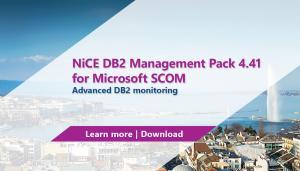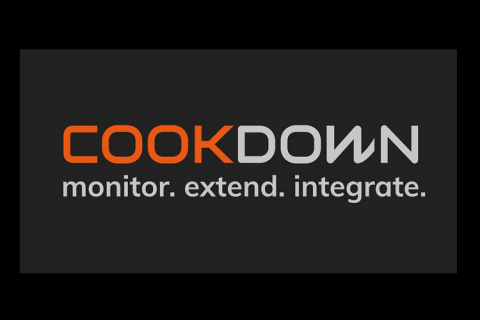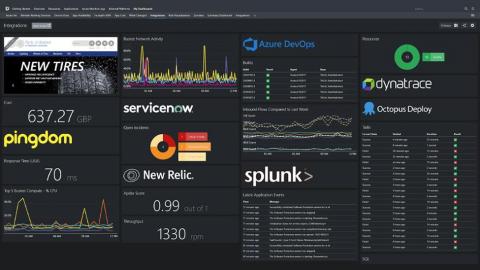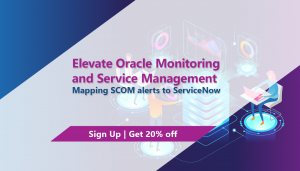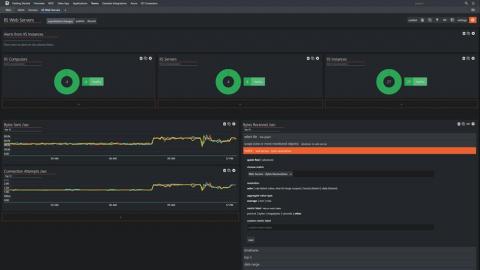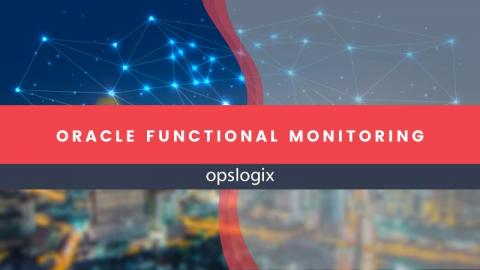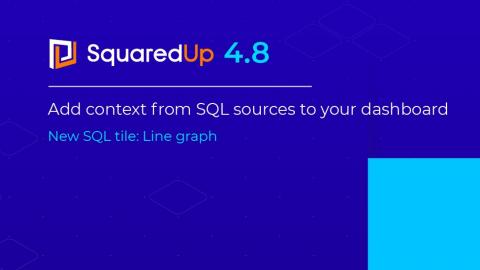NiCE DB2 Management Pack 4.41 for SCOM released
The NiCE DB2 Management Pack enables advanced health and performance diagnostics for DB2 databases using the Microsoft System Center console. Leverage your existing investment, reduce costs, save time, and build efficiencies that will last beyond your expectations.


